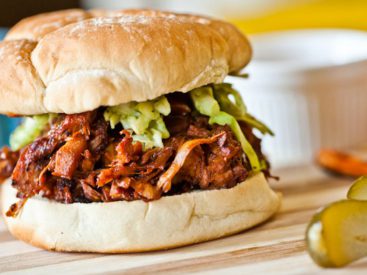“It’s so nice to eat warm food,” sighed two students from an Estonian high school. They were shadowing an SEI Tallinn expert for the workday and had just finished lunch in a café. These students attend a new state gymnasium but often skip their lunch because their canteen is […]
Delicious!
Delicious!



